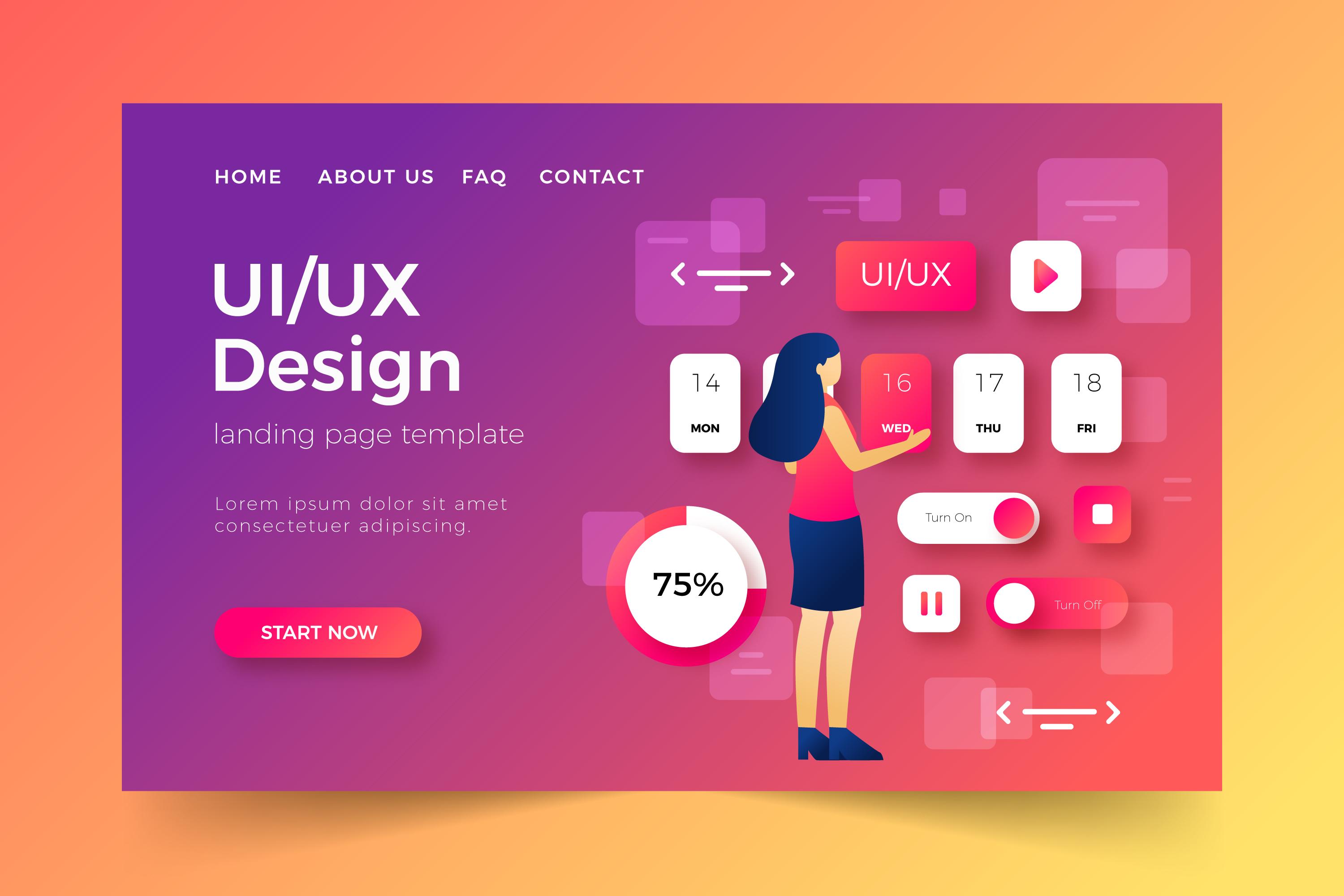UI/UX Design
The Power of Storytelling in UI/UX Design: Why Your Website Needs a Narrative
In the digital landscape, where users make split-second decisions about whether to stay or leave your website, storytelling has emerged as a game-changing element in UI/UX design. It's not just about creating beautiful interfaces anymore—it's about crafting experiences that resonate, engage, and guide users through meaningful journeys.
What is Storytelling in UI/UX?
Storytelling in UI/UX design goes beyond simply telling a story through text. It's about creating a cohesive narrative that flows through every element of your digital experience—from the moment a user lands on your homepage to the final conversion. This narrative structure helps users understand not just what your product does, but why it matters to them personally.
Think of your website as a book where each page (or screen) represents a chapter in your user's journey. Just like a compelling novel, your digital story needs characters (your users), conflict (their problems), and resolution (your solutions).
The Psychology Behind Narrative Design
Human brains are wired for stories. We process narrative information 22 times more effectively than facts alone. When users encounter a well-crafted digital story, they don't just consume information—they experience it emotionally. This emotional connection is what transforms casual browsers into engaged customers.
Stories activate multiple areas of the brain simultaneously, including those responsible for processing sensory experiences, emotions, and motor functions. In practical terms, this means users remember story-driven experiences longer and are more likely to take desired actions.
Key Elements of Storytelling in Web Design
1. Clear User Journey Mapping
Every great story has a beginning, middle, and end. Your website should guide users through a logical progression that feels natural and intuitive. Start by identifying your user's entry point, their goals, and the steps needed to achieve those goals.
2. Compelling Visual Hierarchy
Visual storytelling uses design elements like color, typography, and imagery to create emotional responses and guide attention. Each visual choice should support your narrative and move the story forward.
3. Consistent Voice and Tone
Your brand's personality should shine through every interaction, from micro-copy to error messages. This consistency helps users feel like they're engaging with a real entity, not just a digital interface.
4. Progressive Disclosure
Like any good storyteller, reveal information strategically. Don't overwhelm users with everything at once. Instead, unveil details progressively as users demonstrate interest and engagement.
Real-World Impact on Business Results
Companies that implement storytelling in their UI/UX design see measurable improvements in key metrics:
Increased Engagement
: Story-driven websites keep users browsing 300% longer than traditional sites
Higher Conversion Rates
: Narrative-focused landing pages convert 30% better than feature-focused pages
Improved Brand Recall
: Users remember brand stories 65% longer than standalone facts
Enhanced User Satisfaction
: Storytelling creates emotional connections that lead to higher customer loyalty
Implementing Storytelling in Your Digital Strategy
Start with User Research
Understanding your audience's pain points, motivations, and goals is crucial for crafting relevant stories. Conduct user interviews, analyze behavior data, and create detailed personas that represent your story's protagonists.
Define Your Brand Narrative
What's your company's origin story? What challenges do you solve? How do you make users' lives better? These foundational elements should permeate every aspect of your digital experience.
Design with Emotion
Choose colors, fonts, and imagery that evoke the emotions you want users to feel. A financial app might use calming blues to instill trust, while a fitness app might use energetic oranges to motivate action.
Test and Iterate
Like any good story, your digital narrative should evolve based on audience feedback. Use A/B testing, heat maps, and user feedback to refine your storytelling approach continuously.
The Future of Narrative-Driven Design
As technology advances, storytelling in UI/UX will become even more sophisticated. Interactive storytelling, personalized narratives, and immersive experiences will create deeper connections between brands and users.
The most successful websites and applications of tomorrow won't just provide functionality—they'll tell compelling stories that transform how users think, feel, and act. By embracing storytelling in your UI/UX design today, you're not just creating better user experiences; you're building the foundation for lasting customer relationships in an increasingly competitive digital world.
Ready to transform your digital presence with compelling storytelling? Contact HROCK Digital to discover how our web design and development expertise can help craft your brand's unique narrative.

